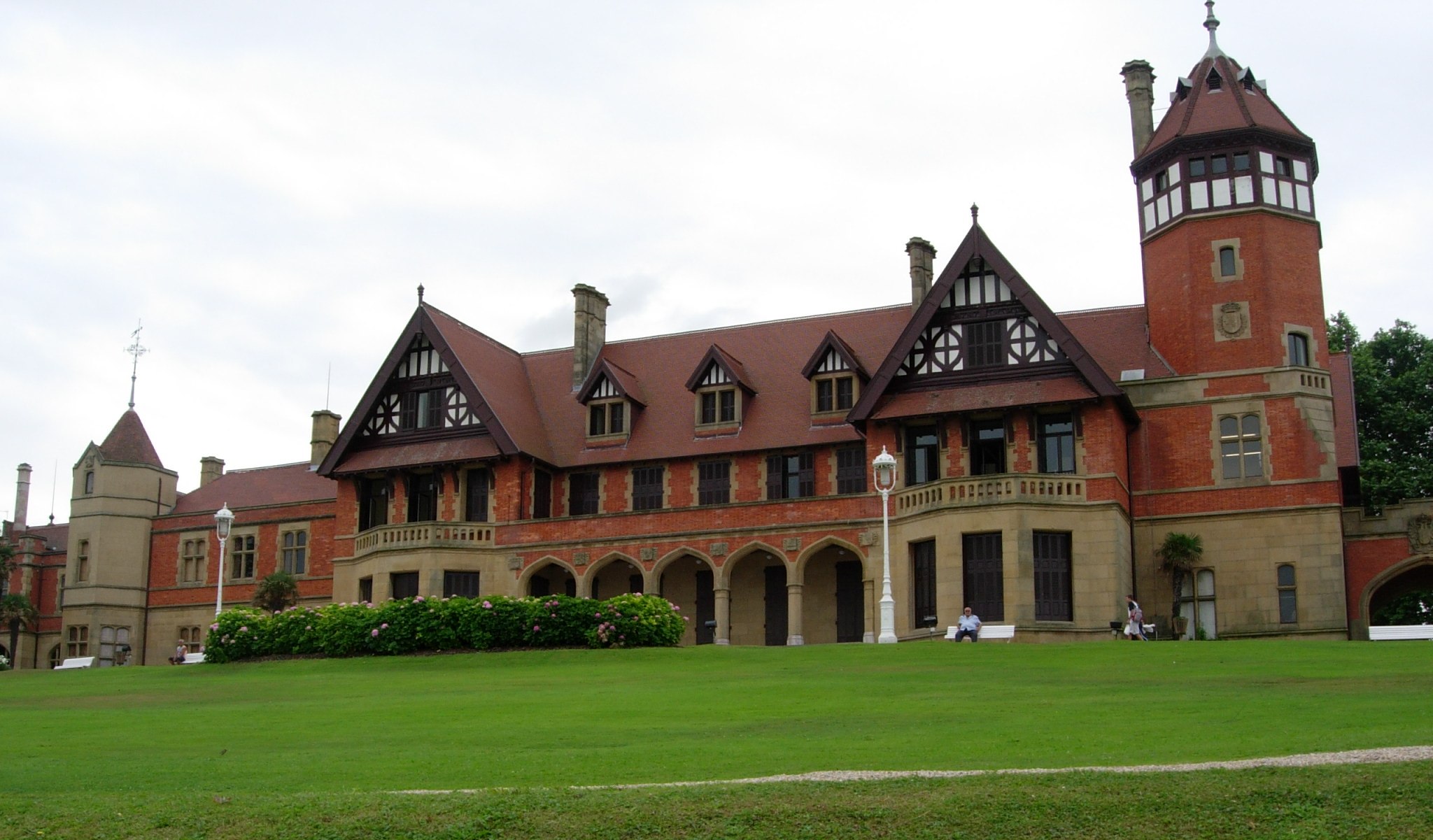|
Michael Pobanz,
Ph.D., was raised in Los Angeles,
California, a rich multicultural and
multilingual environment. Dr. Pobanz
studied psychology for one year at the
University of Madrid, Complutense. He
has taught English in both Spain and
in Japan, and traveled to nearly 50
countries around the world. Dr.
Pobanz earned his doctorate in
Educational Psychology from the
University of California, Santa
Barbara, where he had earned a 4-year
U.C. Regents Special Fellowship for
research (the highest fellowship award
in the UC system). Dr. Pobanz
currently works for the Los Angeles
Unified School District, the second
largest in the USA (more than 640,000
students), as a trilingual school
psychologist. He conducts
psycho-educational evaluations in 3
languages, counsels students, parents
and staff, and supports school- and
district-level reforms. Dr.
Pobanz also works privately as a
Licensed Educational
Psychologist. Last year he won
the LAASP Outstanding School
Psychologist of the Year Award.
CONFERENCE
ABSTRACT
How to
Integrate Students from Different
Cultures into the Schools
Los
Angeles has an extremely diverse
population with about 1/3 of the
population speaking English less than
“very well.” Los Angeles County
has about 10 million residents, and
people from nearly every country in
the world. In Los Angeles
Unified School District, where Michael
Pobanz, Ph.D., is employed as a
trilingual school psychologist, over
90 different languages are
spoken. There are even more
important cultural differences.
How does a school support and
integrate so many students from such a
large variety of backgrounds?
Dr. Pobanz will explain various best
practices a school can use, along with
various challenges that can hinder
true and healthy integration.
Integration, in this sense, has to not
only respect, but also to utilize and
to celebrate as many cultural
differences as possible.
|
